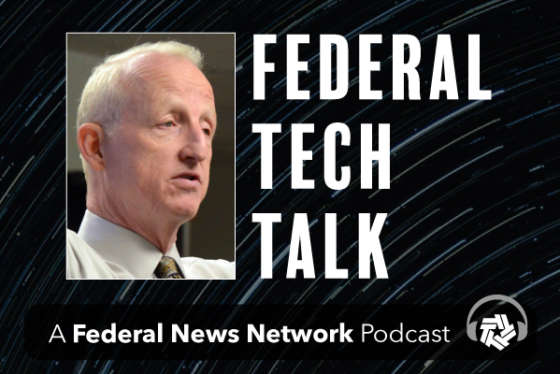The no code solution to data analytics
How do federal agencies make sense of the mountains of information they possess? Find out when Clark Richey, co-founder and CTO of FactGem, joins host John Gilroy...
Best listening experience is on Chrome, Firefox or Safari. Subscribe to Fed Tech Talk’s audio interviews on Apple Podcasts or PodcastOne.
Ever since Big Data has become a buzzword, federal information technology professionals have wondered how to derive benefit from all this information. It’s one thing to have 500 data sets, quite another to be able to derive actionable knowledge from it. FactGem was founded in 2013 with that exact goal in mind.
Clark Richey is the co-founder and CTO of FactGem, and he joins host John Gilroy on this week’s Federal Tech Talk to explain how his company helps federal agencies make sense of the mountains of information they possess.

Generally speaking, what happens today is a person has a question and needs access several data silos to get that information. Although each relational database may have great insights on data it includes, it does not give correlations and connections to other data bases.
Some obvious applications are fraud and abuse and other kinds of financial abuse. Normally, there is not a time element in generating analytical information. The intelligence agencies and the Department of Defense may not have the luxury of time. They really can’t scrounge up a cleared Hadoop engineer and wait in line for an answer.
FactGem’s solution allows you to copy data from several data silos and see the interconnections. One innovation is use of something called a graph database. Humans rarely communicate through tables populated with numbers. A graph database is a visual representation of the information to enable an analyst to decide, or, predict a future outcome.
Graph databases hold the relationship between is the greatest value. Isolating data limits a person’s ability to make conclusions that can save time, money, and, in some cases, lives.
Copyright © 2025 Federal News Network. All rights reserved. This website is not intended for users located within the European Economic Area.






